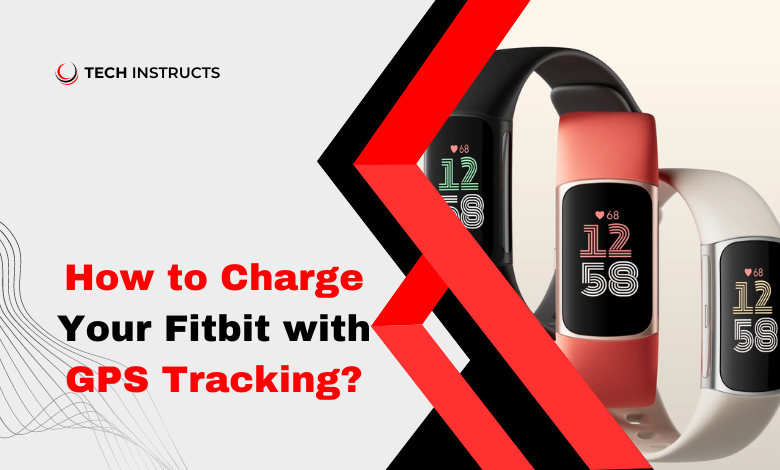
In the realm of fitness tracking, Fitbit has emerged as a frontrunner, offering a range of devices equipped with GPS tracking features. Whether you’re a seasoned athlete or someone looking to kickstart their fitness journey, having a Fitbit with GPS tracking can provide invaluable insights into your workouts and activities. However, ensuring that your Fitbit stays charged is essential to make the most out of its GPS tracking capabilities. In this comprehensive guide, we’ll delve into the intricacies of charging your Fitbit with GPS tracking, covering everything from the basics to advanced techniques.
Charging Basics
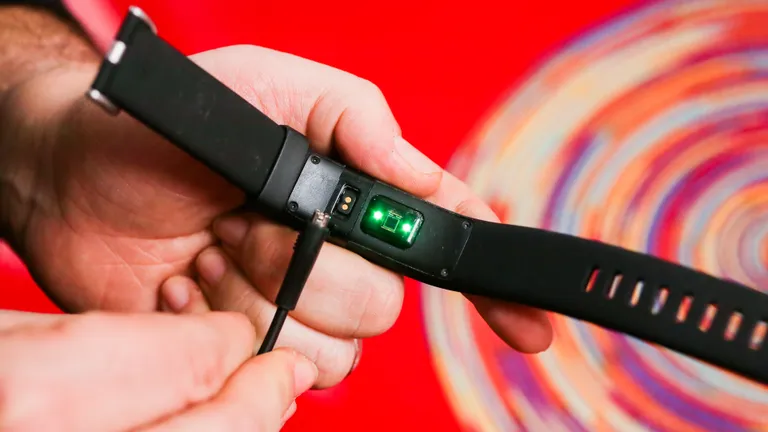
Charging your Fitbit with GPS tracking may seem straightforward, but there are several important considerations to keep in mind to ensure optimal performance and longevity of your device.
Understanding Your Fitbit’s Battery
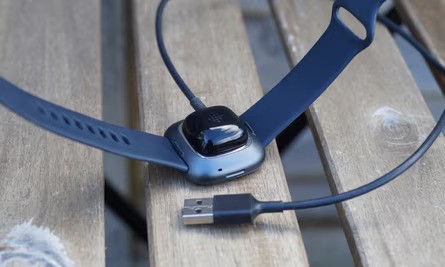
Before delving into the charging process, it’s crucial to understand the type of battery your Fitbit device uses. Most Fitbit models feature lithium-polymer batteries, known for their lightweight nature and high energy density. Familiarizing yourself with your device’s battery specifications can help you make informed decisions regarding charging.
SUGGESTED POST : How to Charge Your Smart Watch ?
Proper Handling and Storage
Proper handling and storage of your Fitbit device can significantly impact its battery life and overall performance. Avoid exposing your device to extreme temperatures, as both high heat and cold can affect battery health. Additionally, store your Fitbit in a cool, dry place when not in use to prevent damage.
Using the Right Charger
Using the manufacturer-recommended charger is paramount for safe and efficient charging. While third-party chargers may seem convenient, they may not provide the optimal voltage and current for your Fitbit device, potentially leading to damage or reduced battery life.
Charging Cycles and Habits
Establishing healthy charging habits can help prolong the lifespan of your Fitbit’s battery. Avoid allowing the battery to drain completely before recharging, as this can put unnecessary strain on the battery. Instead, aim to charge your Fitbit regularly and avoid overcharging whenever possible.
Maximizing Battery Life
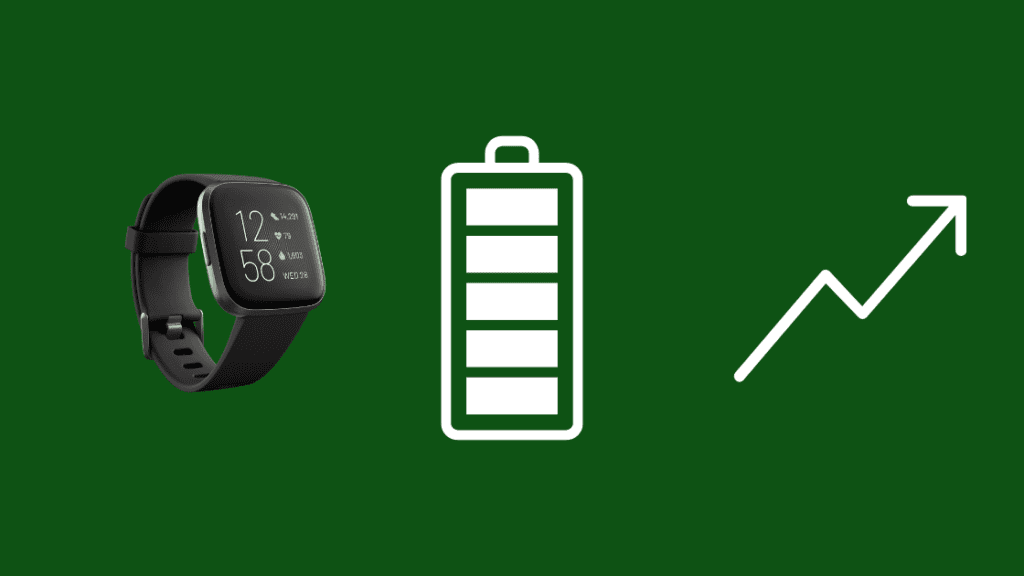
In addition to proper charging habits, there are several strategies you can employ to maximize the battery life of your Fitbit device. These include adjusting settings to reduce power consumption, disabling unnecessary features, and keeping the software up to date.
Advanced Charging Techniques
While basic charging practices are essential, there are also some advanced techniques you can use to optimize the charging process and extend battery life even further.
Fast Charging Technology
Some Fitbit models may feature fast charging technology, allowing for quick top-ups of the battery. Investing in a compatible fast charger can be beneficial, especially if you’re short on time and need to charge your device quickly.
Wireless Charging Solutions
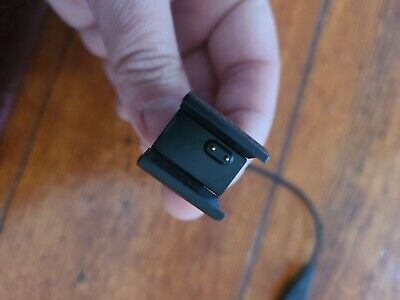
Wireless charging has gained popularity in recent years, offering a convenient and cable-free way to charge your Fitbit device. With a wireless charging pad or dock, you can simply place your device on the charging surface and let it power up effortlessly.
Energy-Efficient Charging Practices
For environmentally conscious users, energy-efficient charging practices are becoming increasingly important. Charging your Fitbit during off-peak hours or using renewable energy sources can help reduce your carbon footprint while keeping your device powered up.
Troubleshooting Common Issues
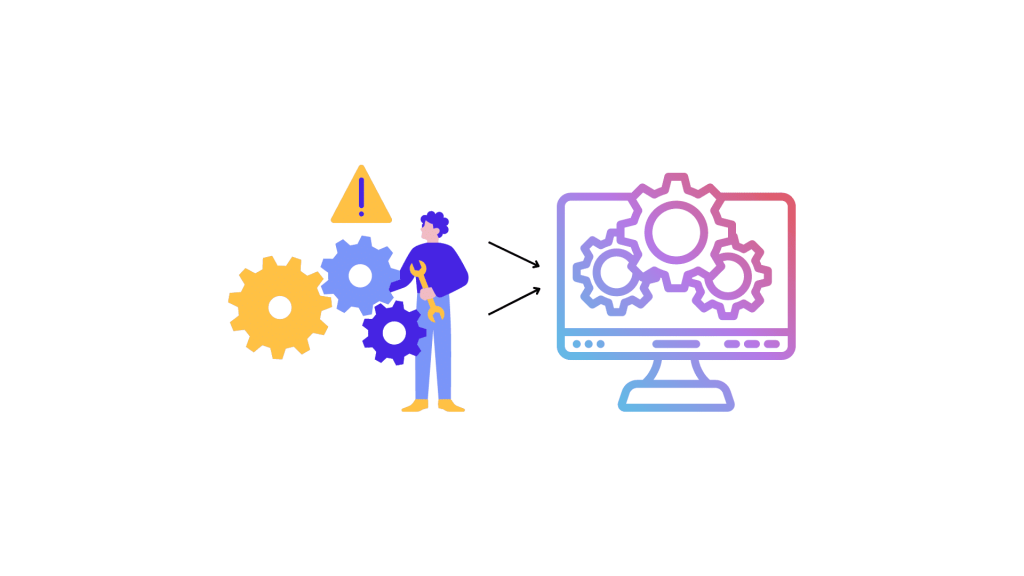
Despite your best efforts, you may encounter some common issues when charging your Fitbit with GPS tracking. Here are a few troubleshooting tips to help you overcome these challenges.
Device Not Charging
If your Fitbit isn’t charging properly, start by checking the charging cable and power source for any damage or defects. Additionally, ensure that the charging contacts on both the device and the charger are clean and free of debris.
Slow Charging Speed
If your Fitbit is charging slower than usual, try using a different charger or charging cable to rule out any issues with the hardware. Additionally, close any unnecessary apps or processes running on your Fitbit to reduce power consumption during charging.
Overheating
Overheating during charging can be a sign of a faulty battery or charger. If your Fitbit feels excessively hot while charging, unplug it immediately and allow it to cool down before attempting to charge again. If the issue persists, contact Fitbit support for further assistance.
RECOMMENDED POST : Cost to Make a Fitbit
Conclusion
Charging your Fitbit with GPS tracking is a crucial aspect of maintaining its functionality and performance. By understanding the basics of smartwatch charging, adopting healthy charging habits, and troubleshooting common issues, you can ensure that your Fitbit remains powered up and ready to track your fitness journey effectively.
FAQs About How to Charge Your Fitbit with GPS Tracking
Can I use any charger to charge my Fitbit device?
It’s best to use the charger provided by Fitbit to ensure compatibility and safety. Using third-party chargers may not provide the correct voltage and current for your device, potentially leading to damage.
How often should I charge my Fitbit with GPS tracking?
The frequency of charging depends on your usage patterns and the battery life of your Fitbit device. As a general rule, aim to charge your device regularly to maintain optimal performance, especially if you’re using GPS tracking frequently.
Is it safe to leave my Fitbit charging overnight?
While modern Fitbit devices are equipped with safety features to prevent overcharging, it’s still advisable to avoid leaving your device plugged in overnight to minimize the risk of overheating or other potential issues.
Can I charge my Fitbit with GPS tracking using a power bank?
Yes, you can typically charge your Fitbit device using a power bank as long as it provides the correct voltage and current for your device. However, be sure to use a high-quality power bank to avoid damaging your Fitbit’s battery.
Why is my Fitbit not turning on after charging?
If your Fitbit fails to turn on after charging, there may be an issue with the battery, charger, or software. Try troubleshooting the problem by checking the charging cable, cleaning the charging contacts, and restarting the device if necessary.
What can I do to prolong the battery life of my Fitbit with GPS tracking?
To prolong the battery life of your Fitbit device, try adjusting settings to reduce power consumption, disabling unnecessary features, and avoiding extreme temperatures. Additionally, be mindful of your charging habits and avoid letting the battery drain completely before recharging.






